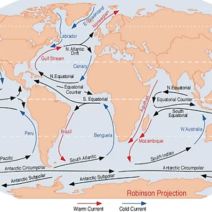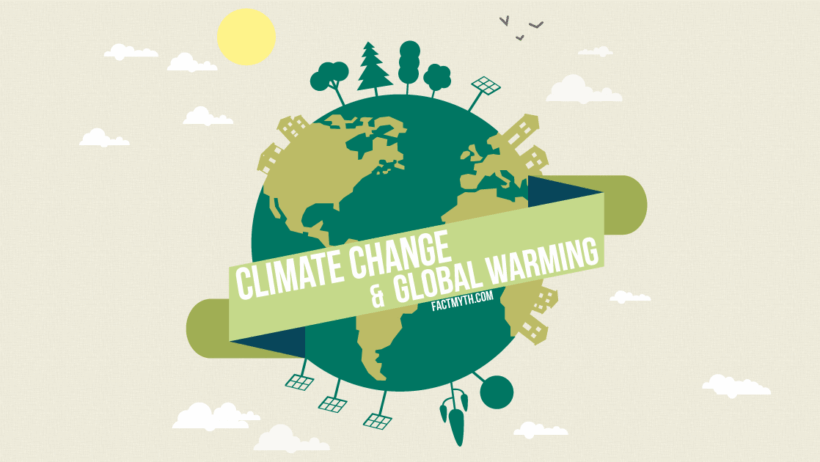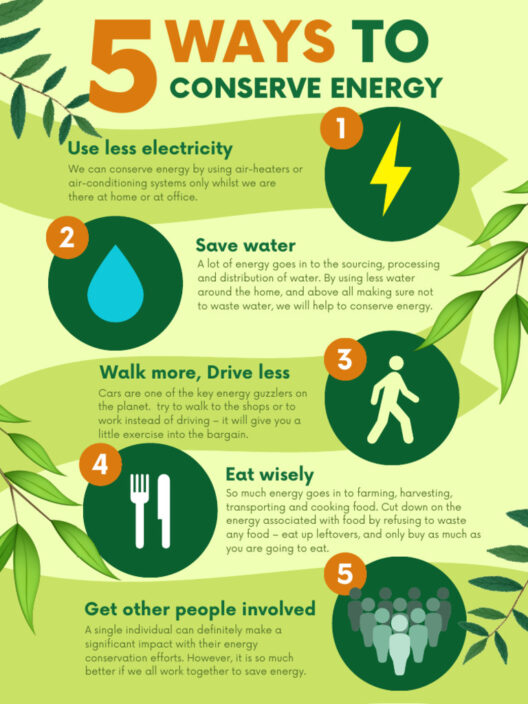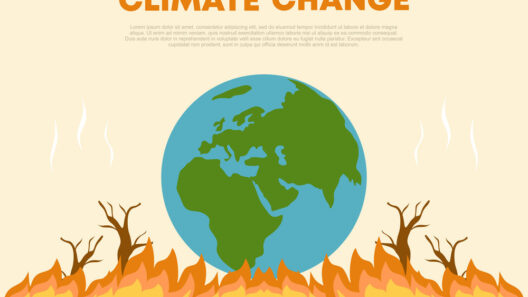In contemporary discourse regarding environmental issues, the terms “global warming” and “climate change” are often used interchangeably, leading to a conflation of ideas that can obscure critical distinctions. While both phrases refer to significant shifts in our planet’s climatic systems, they represent different phenomena. This article endeavors to elucidate the nuances that distinguish global warming from climate change, as well as the implications of these differences.
Defining Global Warming
Global warming refers specifically to the increase in Earth’s average surface temperature due to human-induced emissions of greenhouse gases such as carbon dioxide, methane, and nitrous oxide. Since the late 19th century, the average global temperature has risen significantly, primarily as a consequence of the combustion of fossil fuels, deforestation, and other industrial activities. This rise in temperature is measurable and largely attributable to human activity, making global warming a direct consequence of anthropogenic behavior.
The scientific community has generally established that the Earth’s temperature has risen by approximately 1.2 degrees Celsius since the late 1800s. This seemingly modest increase has led to profound effects on ecosystems, ice sheets, and sea levels, emphasizing the urgency of addressing its root causes.
The Broader Concept of Climate Change
Conversely, climate change encompasses a broader spectrum of alterations in weather patterns and long-term climatic shifts. While global warming is a subset of climate change, the latter includes variations in precipitation patterns, increased frequency of extreme weather events, shifts in agricultural viability, and changes in ecosystems’ health. Climate change can result from natural processes, such as volcanic eruptions and solar radiation variations, as well as human-induced factors.
The Intergovernmental Panel on Climate Change (IPCC) articulates climate change in terms of both anthropogenic and natural influences, highlighting the multifaceted nature of the issue. For example, climate systems have historically experienced fluctuations due to natural phenomena like El Niño and La Niña, yet the contemporary context is characterized by human activities that exacerbate these changes, indicating an urgent need for differentiation and understanding.
Key Differences Highlighted
Understanding that global warming is fundamentally the warming aspect of climate change is crucial. The effects of global warming serve as a catalyst for climate change, inciting a ripple effect on various ecological and atmospheric systems. While global warming primarily concerns temperature metrics, climate change looks at a wider array of environmental alterations, providing a more holistic understanding of the challenges faced.
For example, as temperatures rise—driven by global warming—there is a consequential increase in the melting of glaciers and polar ice caps. This phenomenon leads to rising sea levels. In turn, rising sea levels contribute to coastal erosion, habitat loss, and increased flooding, linking back to the broader concepts encompassed under the umbrella of climate change.
Regional Variability
Another crucial aspect of this distinction is regional variability in climate responses to warming. Global warming increases average temperature globally, but the effects vary markedly across different regions. Some areas may experience substantial increases in precipitation, while others may suffer from prolonged droughts. This regional variability complicates the narrative surrounding climate change, as local populations face unique challenges that are often rooted in their specific climatic conditions.
For instance, regions reliant on agriculture may find their growing seasons disrupted by unpredictable weather patterns, while coastal communities may face inundation due to rising sea levels. Consequently, it is paramount to acknowledge the differential impacts of climate change to formulate effective adaptation strategies and policies.
Public Perception and Misinformation
The conflation of global warming and climate change is not merely an academic issue; it influences public perception and policy-making. Misinformation and misunderstandings contribute to a widespread lack of clarity regarding the urgency and reality of climatic emergencies. Such misconceptions can hinder proactive measures that communities and governments need to undertake.
When the terms are conflated, the public may underestimate the gravity of climate issues, framing global warming as just a growth in temperature without recognizing the broader implications of climate change, such as biodiversity loss and increased societal instability. Therefore, clarity in terminology is vital for mobilizing collective action, engaging community level initiatives, and fostering informed public discourse.
The Role of Policy and International Cooperation
The distinction between these terms also holds implications for policy-making and international cooperation. Global warming mitigation efforts might focus on reducing greenhouse gas emissions through initiatives such as renewable energy investments and carbon pricing mechanisms. In contrast, climate change adaptation strategies might encompass broader initiatives, including disaster preparedness, ecosystem restoration, and infrastructural resilience planning.
International agreements, such as the Paris Agreement, aim to address both global warming by setting temperature targets and climate change by enhancing adaptation measures. The synergy between these two frameworks is critical, given that effective climate action requires both mitigation of heat increase and adaptation to altered climatic conditions.
Conclusion: A Call to Action
In conclusion, distinguishing between global warming and climate change is essential for understanding the complexities of our environment and the challenges posed by anthropogenic alterations. While they are interconnected, the specificities of each concept call for tailored approaches in both discourse and action. As global citizens, fostering clarity in language and a nuanced understanding of these issues can empower communities toward concerted efforts in combating the paradigms of climate disruption that threaten futures globally. Addressing global warming and climate change collectively will necessitate informed dialogue, rigorous research, and an unwavering commitment to sustainable practices that prioritize planetary health for generations to come.







